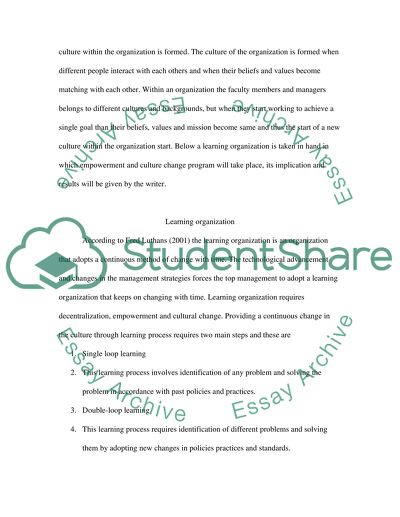Cite this document
(“Culture Change Essay Example | Topics and Well Written Essays - 3500 words”, n.d.)
Culture Change Essay Example | Topics and Well Written Essays - 3500 words. Retrieved from https://studentshare.org/miscellaneous/1528755-culture-change
Culture Change Essay Example | Topics and Well Written Essays - 3500 words. Retrieved from https://studentshare.org/miscellaneous/1528755-culture-change
(Culture Change Essay Example | Topics and Well Written Essays - 3500 Words)
Culture Change Essay Example | Topics and Well Written Essays - 3500 Words. https://studentshare.org/miscellaneous/1528755-culture-change.
Culture Change Essay Example | Topics and Well Written Essays - 3500 Words. https://studentshare.org/miscellaneous/1528755-culture-change.
“Culture Change Essay Example | Topics and Well Written Essays - 3500 Words”, n.d. https://studentshare.org/miscellaneous/1528755-culture-change.


